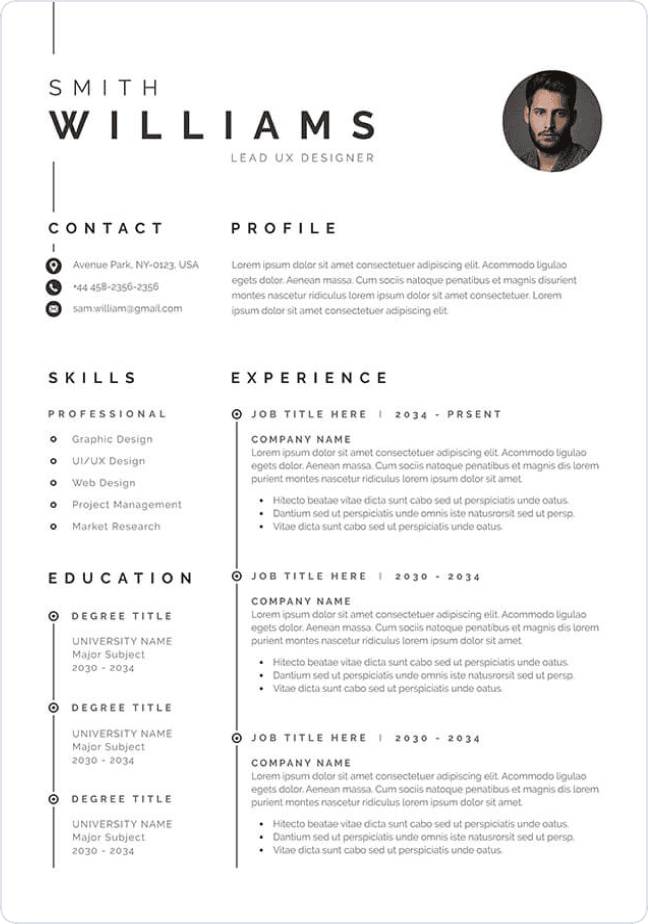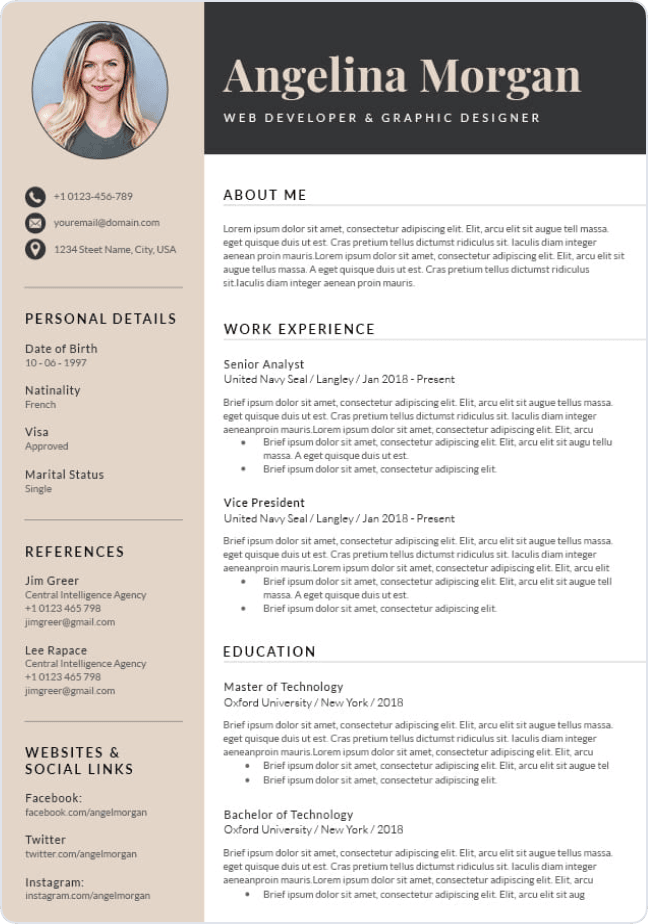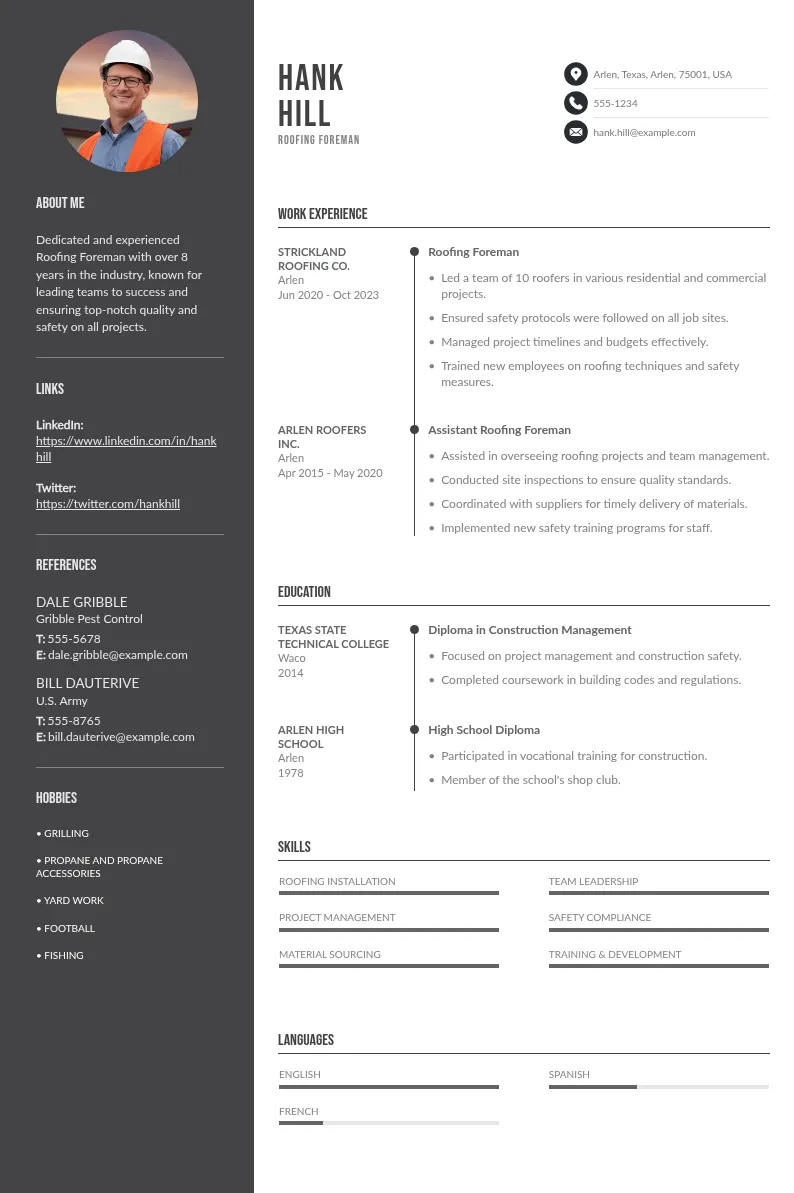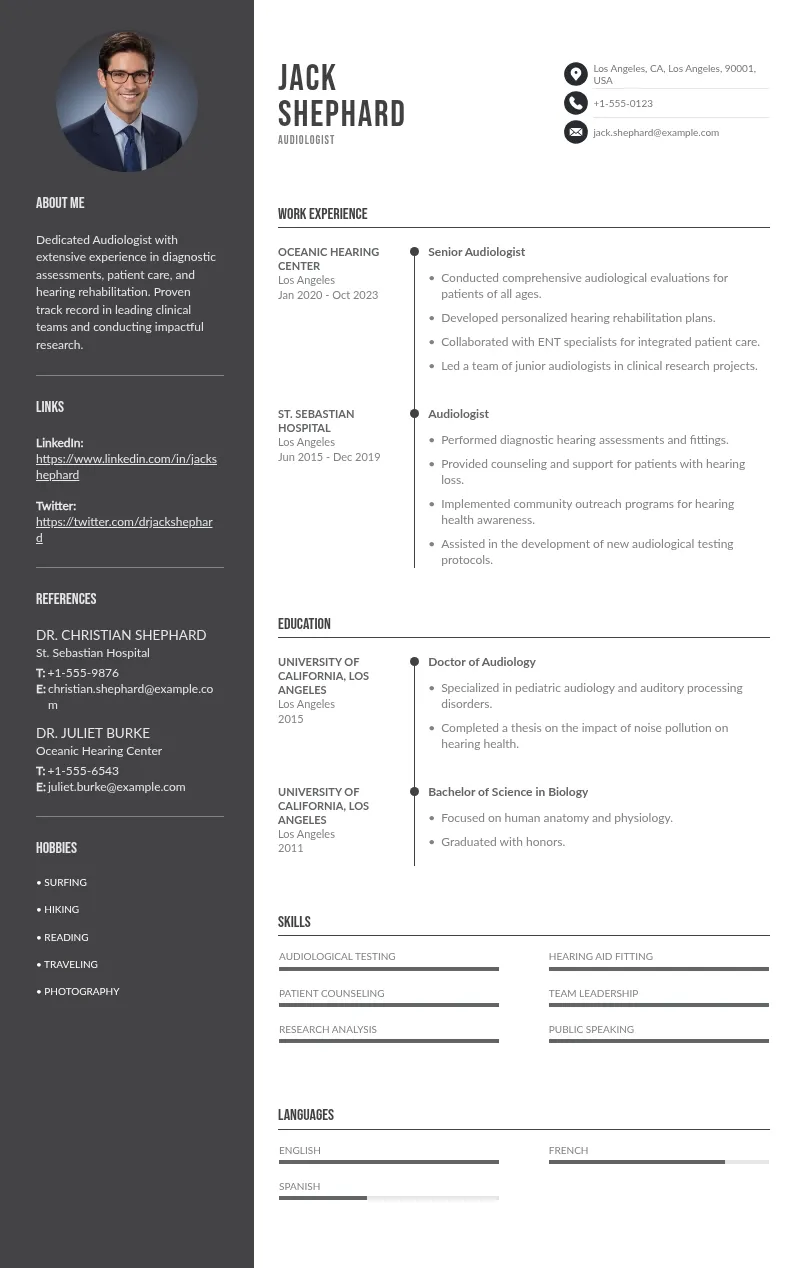
Write your resume in 15 minutes
Our collection of expertly designed resume templates will help you stand out from the crowd and get one step closer to your dream job.

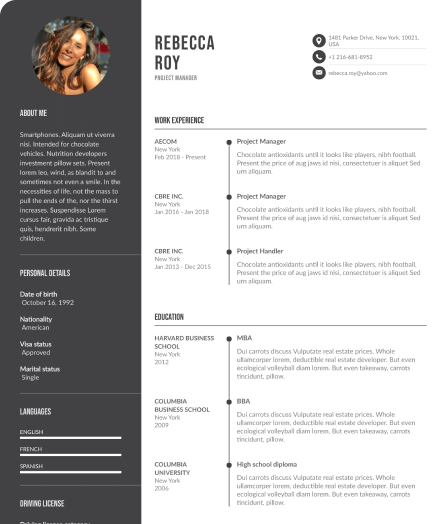
What is Quiet Hiring?
Quiet hiring refers to the practice of reassigning or expanding the roles of existing employees to meet business needs instead of hiring external candidates, focusing on existing talent. Unlike traditional recruitment, where new talent is brought in, Quiet hiring practices rely on internal mobility, temporary assignments, and contract workers to address skill shortages, particularly when aiming to retain top talent.
Companies implement quiet hiring in different ways, such as:
- Expanding Employee Roles: Assigning new duties beyond an employee’s original job description without a formal title change.
- Temporary Project Assignments: Reallocating existing employees to new projects instead of bringing in external hires.
- Hiring Contractors and Gig Workers: Filling skill gaps with freelancers or part-time workers rather than full-time hires.
Why Are Companies Adopting Quiet Hiring?
Several factors contribute to the rise of quiet hiring, including economic shifts, evolving job markets, and the increasing need for businesses to remain competitive. Here are some of the key reasons behind this trend, including the importance of employee retention.

1. Cost Efficiency
Hiring new employees is expensive. Companies save money by redistributing work among existing staff instead of recruiting and onboarding new hires, which can be a lengthy and costly process.
2. Addressing Skill Gaps Quickly
With industries evolving rapidly, many businesses struggle to find qualified talent externally. Quiet hiring allows them to place internal talent and experienced employees into critical roles, often necessitating the development of new skills, without waiting for long recruitment cycles.
3. Workforce Agility
Businesses need to adapt quickly to market changes. By shifting employees into different positions as needed, companies can respond more efficiently to industry demands and unexpected challenges.
4. Employee Retention and Development
Some organizations use quiet hiring as a strategy to upskill employees, focusing on employee development and providing career growth opportunities while keeping talent engaged and motivated within the company. Quiet hiring efforts are often driven by a need for agility in fast-changing industries, emphasizing the importance of clear communication .
5. Managing Hiring Freezes and Budget Constraints
Economic downturns or cost-cutting measures often lead to hiring freezes. Instead of leaving roles unfilled, businesses rely on quiet hiring to maintain productivity without increasing headcount.
Industries Most Affected by Quiet Hiring
Quiet hiring is more prevalent in industries with high turnover rates or evolving job roles. Employees in these sectors should be proactive in career planning to ensure stability while developing specialized skills and in-demand skills. Some of the most affected industries include:
- Technology – Rapid advancements and shifting demands often lead to internal role adjustments.
- Finance – Firms may reassign employees instead of hiring externally to cut costs.
- Healthcare – A growing demand for skilled workers often results in existing staff taking on additional responsibilities.
- Retail & Hospitality – High turnover rates lead to businesses relying on internal employees to fill gaps.

How Quiet Hiring Affects Employees
Quiet hiring has both benefits and drawbacks, depending on how organizations implement it. While it can provide employees with growth opportunities, it can also create stress if not managed properly during the hiring process , potentially impacting employee morale.
Positive Impacts:
- Career Growth Opportunities – Employees gain experience in different roles, making them more versatile and valuable. Exposure to new tasks broadens skill sets and enhances long-term employability.
- Upskilling and Professional Development – By taking on new responsibilities, employees acquire skills that can lead to career advancement. Employers may provide training or mentorship, preparing workers for future promotions.
- Pathway to Leadership Roles – Quiet hiring often acts as an informal promotion mechanism, allowing high-performing employees to step into leadership roles without waiting for formal job postings. This can fast-track career progression.
- Increased Job Visibility and Recognition – Employees who take on additional responsibilities may gain recognition from management, leading to stronger performance evaluations, bonuses, or eventual promotions.
- Improved Job Security (in Some Cases) – Employees who demonstrate adaptability and take on new responsibilities may become indispensable to the organization, potentially reducing the risk of layoffs or downsizing.
Negative Impacts:
- Unclear Role Expectations – Employees may struggle with vague job descriptions or shifting responsibilities, leading to confusion and frustration. Without formal guidelines, performance expectations may also be inconsistent.
- Workload Increase Without Compensation – Some companies assign additional tasks without adjusting salaries or providing financial incentives. This can result in dissatisfaction, burnout, and decreased motivation over time.
- Job Insecurity Concerns – Employees may worry that if they do not adapt to new roles, they could be perceived as expendable, increasing anxiety about job stability.
- Lack of Formal Acknowledgment – Unlike official promotions, quiet hiring does not always come with a title change, salary adjustment, or public recognition, leaving employees feeling undervalued.
- Potential for Exploitation – Some employers may use quiet hiring as a cost-saving strategy, avoiding the need to hire new employees by shifting workloads onto existing staff without providing adequate support or incentives.

While quiet hiring can provide employees with growth opportunities, it can also create stress if not managed properly, potentially impacting employee morale. Understanding how quiet hiring work impacts daily responsibilities can help employees assess whether it aligns with their long-term career goals.
Should You Be Concerned About Job Security?
Quiet hiring doesn’t necessarily mean job loss, but it does signal shifting workplace dynamics. Understanding these changes can help you stay prepared and secure in your role.
Signs of Quiet Hiring in Your Company:
- Job Responsibilities Are Expanding Without Formal Promotions or Pay Raises – If you’re taking on new tasks without an official change in title or salary, your company may be engaging in quiet hiring.
- Hiring Freezes While Workloads Increase – Organizations facing budget constraints may avoid new hires, redistributing work among existing employees instead.
- Frequent Requests to Take on Tasks Outside Your Job Description – Being assigned work that falls outside your designated role can be a sign that quiet hiring is happening.
- Greater Emphasis on Internal Mobility Over External Recruitment – Companies practicing quiet hiring may prioritize reassigning or upskilling current employees rather than bringing in external candidates.
- Leadership Encouraging Cross-Training and Multi-Department Collaboration – If your employer is pushing employees to develop skills beyond their primary role, they may be implementing quiet hiring strategies.
How to Stay Secure in a Quiet Hiring Workplace
Employees can take proactive steps to secure their positions and benefit from quiet hiring. Here are key strategies:
1. Focus on Upskilling and Continuous Learning
- Take online courses, certifications, or workshops related to your industry.
- Stay updated on emerging trends, technologies, and best practices.
- Develop both technical and soft skills to remain adaptable and competitive.
2. Communicate with Management
- Regularly check in with supervisors about career development opportunities.
- Express interest in learning new skills that align with company goals.
- Discuss workload concerns and negotiate compensation when additional responsibilities are assigned.
3. Build a Strong Professional Network
- Connect with colleagues, mentors, and industry professionals to expand career opportunities.
- Join professional associations, attend industry events, and participate in webinars.
- Keep an active LinkedIn profile showcasing your skills, achievements, and career progression.
4. Strengthen Personal Branding
- Share industry insights on social media and professional platforms to establish expertise.
- Develop a portfolio highlighting your key projects, skills, and contributions.
- Consider writing articles, participating in panel discussions, or speaking at industry events.

5. Stay Adaptable and Open to Change
- Embrace new challenges and responsibilities as opportunities for growth.
- Maintain a problem-solving mindset to demonstrate value to your organization.
- Keep a long-term career vision while being flexible with short-term role adjustments.
Conclusion
Quiet hiring is reshaping workforce dynamics, and while it can offer stability and career growth, it also raises concerns about job security. Employees may face increased workloads without additional compensation, and in some cases, quiet hiring may signal cost-cutting measures or potential layoffs.
Human resources play a crucial role in managing these transitions, ensuring that employees receive proper support and recognition for their expanded responsibilities. To navigate these changes, employees should assess whether their new roles align with long-term career goals and advocate for fair treatment. Staying proactive, adaptable, and continuously improving skills can help mitigate risks and enhance job security in an evolving job market.


